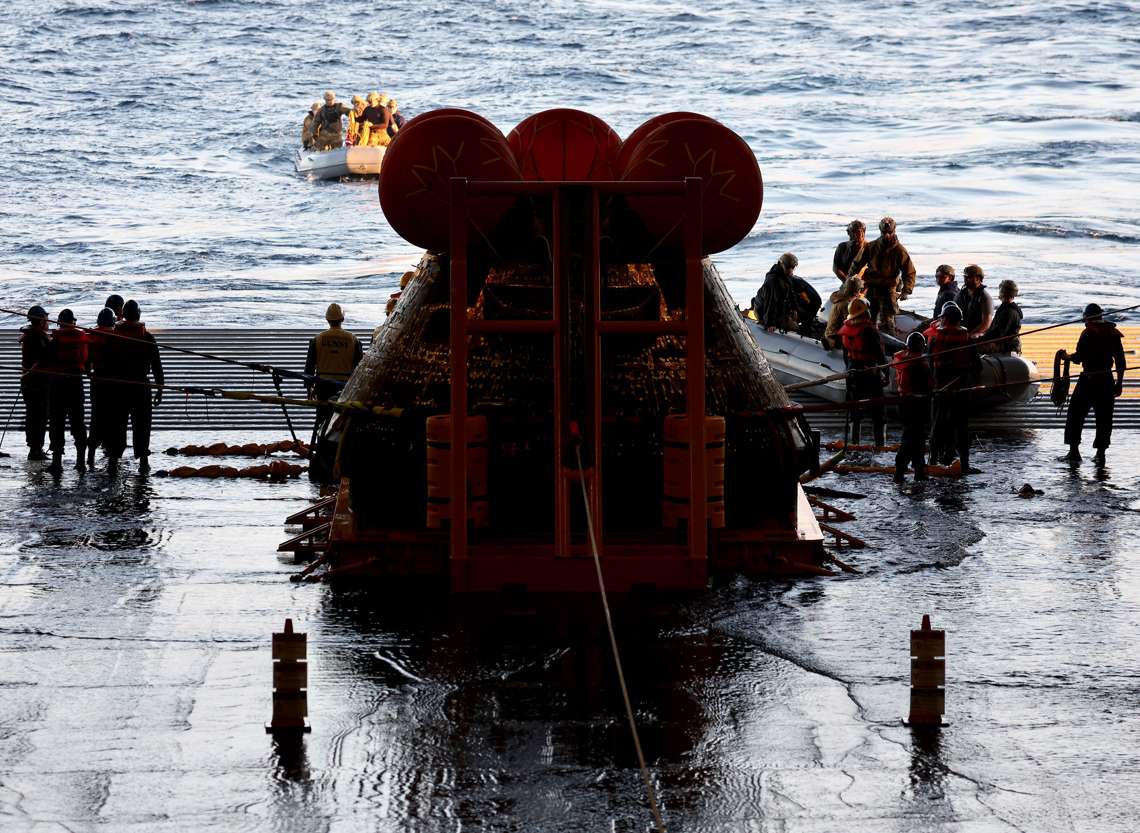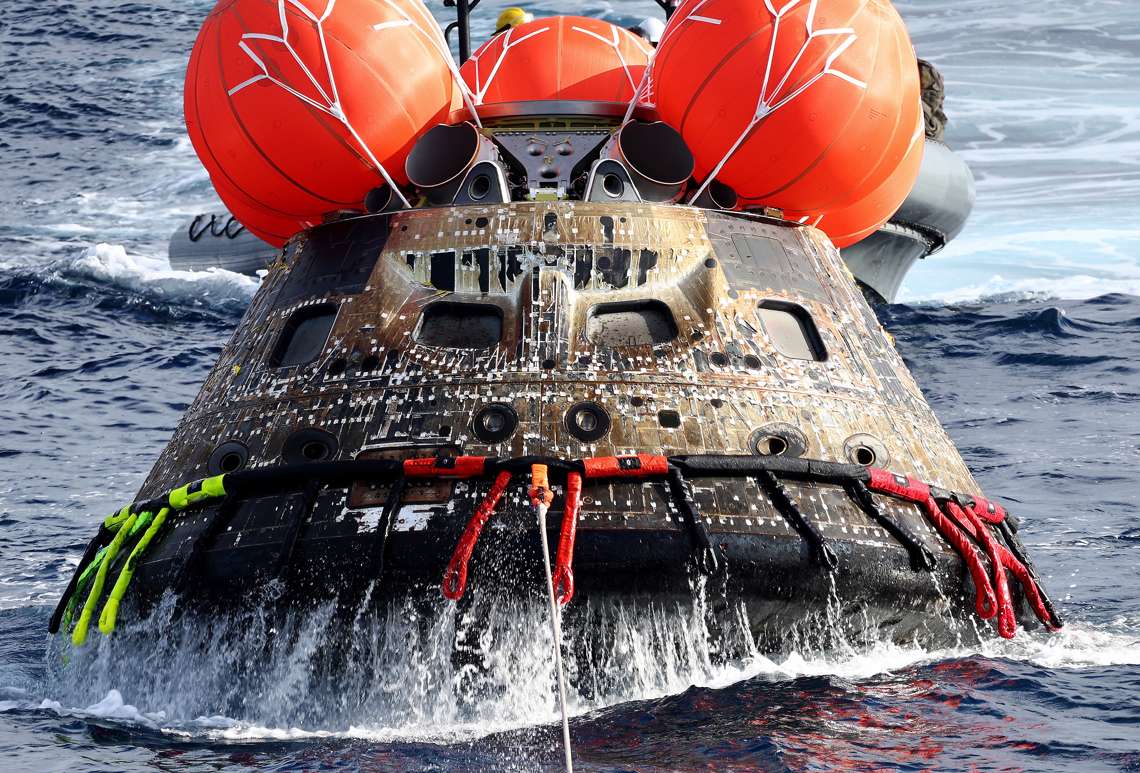The Orion capsule returned to Earth on Sunday after 25 days of travel in which it circumnavigated the Moon, as part of the Artemis I unmanned mission, the first in a NASA program that seeks to return human beings to the Moon. and develop a base on the Earth’s satellite, with the ultimate goal of reaching Mars.
The Orion splashed down in the Pacific Ocean, off Baja California, in Mexico, around 11:00 a.m. local time and with the “help” of eleven parachutes, with which it was able to reduce its fall speed from 523 km/h to a little. less than 32 km/h, with which it touched the water.
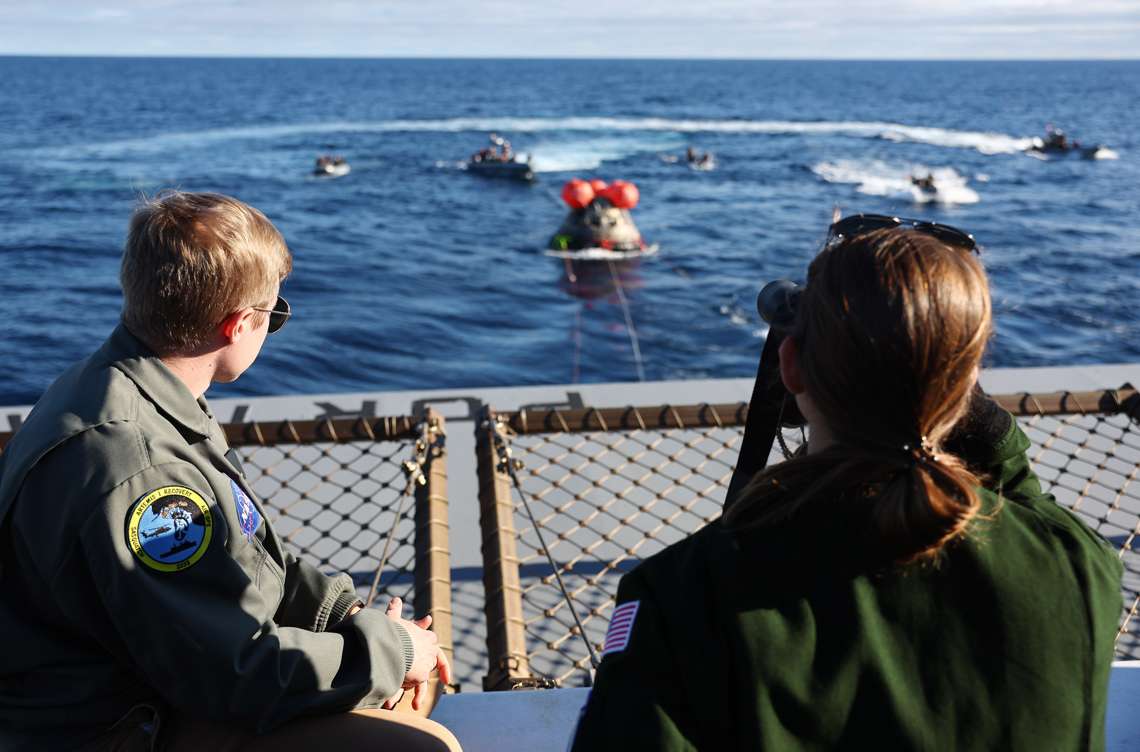
The NASA capsule, which covered a distance of 2.2 million kilometers since its takeoff on November 16, when passing through the Earth’s atmosphere, entered at a speed 32 times greater than that of sound, 40,000 km/h.


In the process, the spacecraft endured a temperature of 2,800 degrees Celsius, equivalent to half the surface of the Sun, thanks to its innovative five-meter-wide thermal shield, one of the aspects that would be evaluated during this mission.
“The latest chapter of NASA’s journey to the Moon comes to an end. Orion, back on Earth,” confirmed Rob Navias, from NASA’s Communications office.
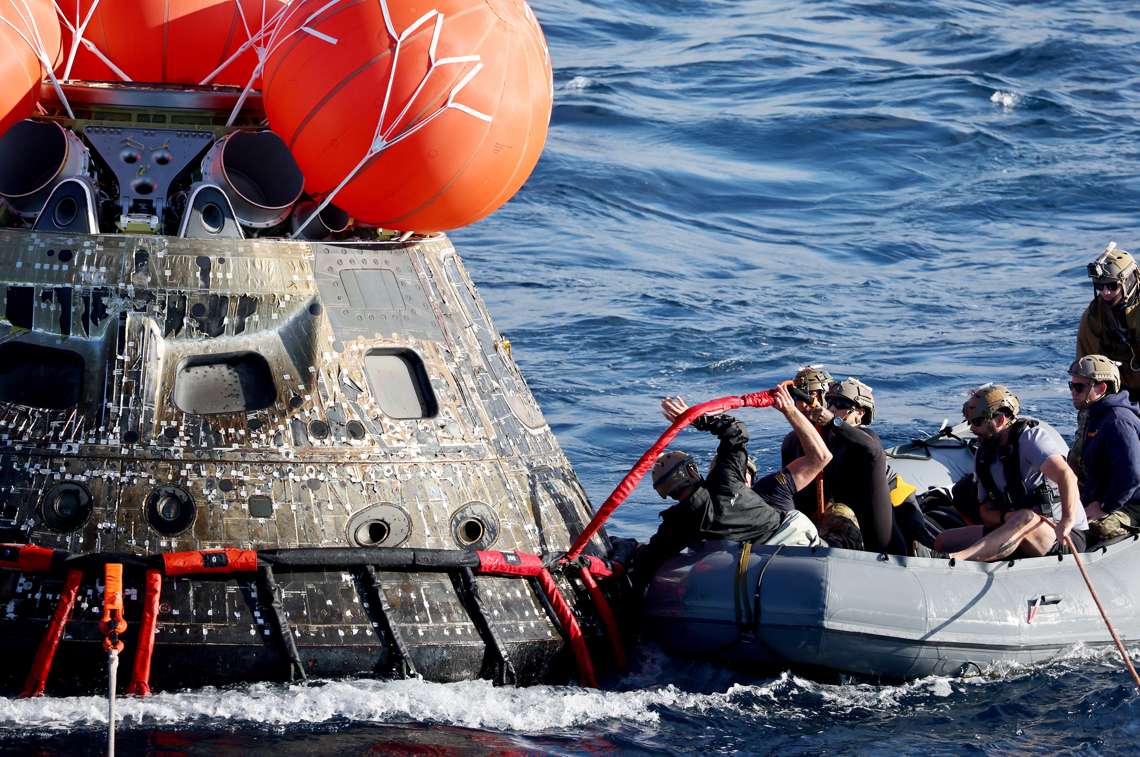
“It’s historic, we started a new stage in deep space with a new generation of technology,” NASA Administrator Bill Nelson said excitedly in statements to the US space agency.
This will be followed by the Artemis II mission in 2024 and Artemis III the following year, in which it will be a manned flight.
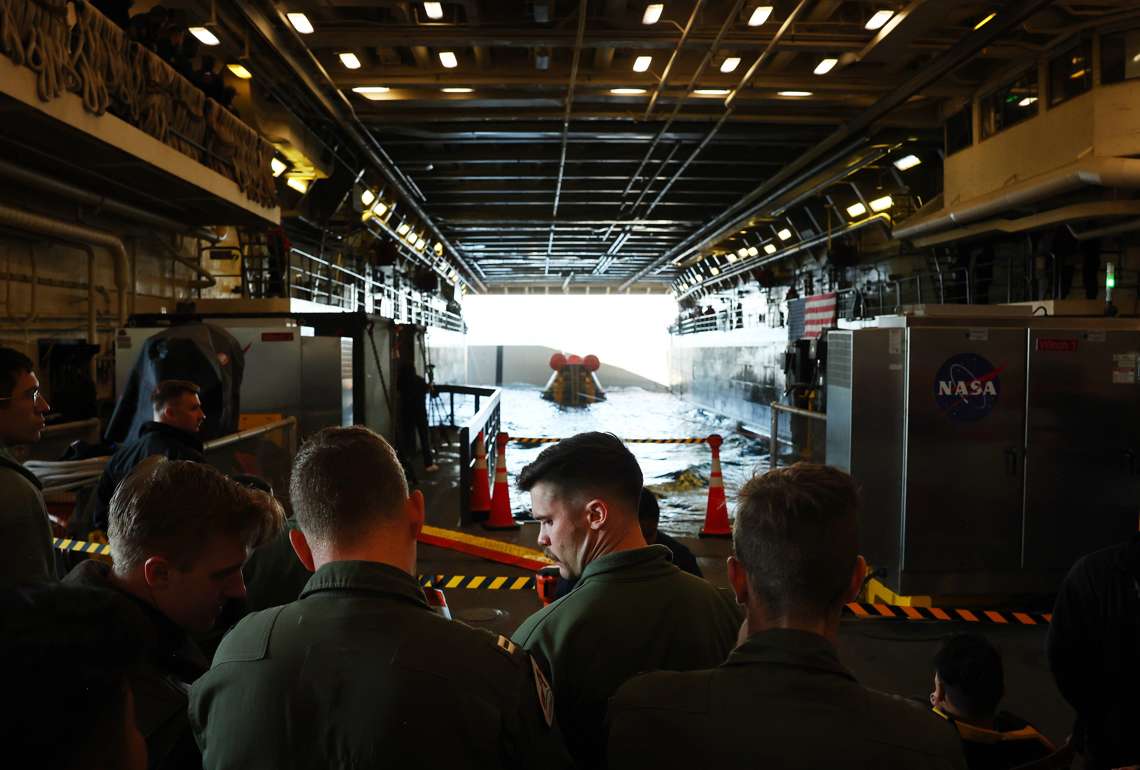
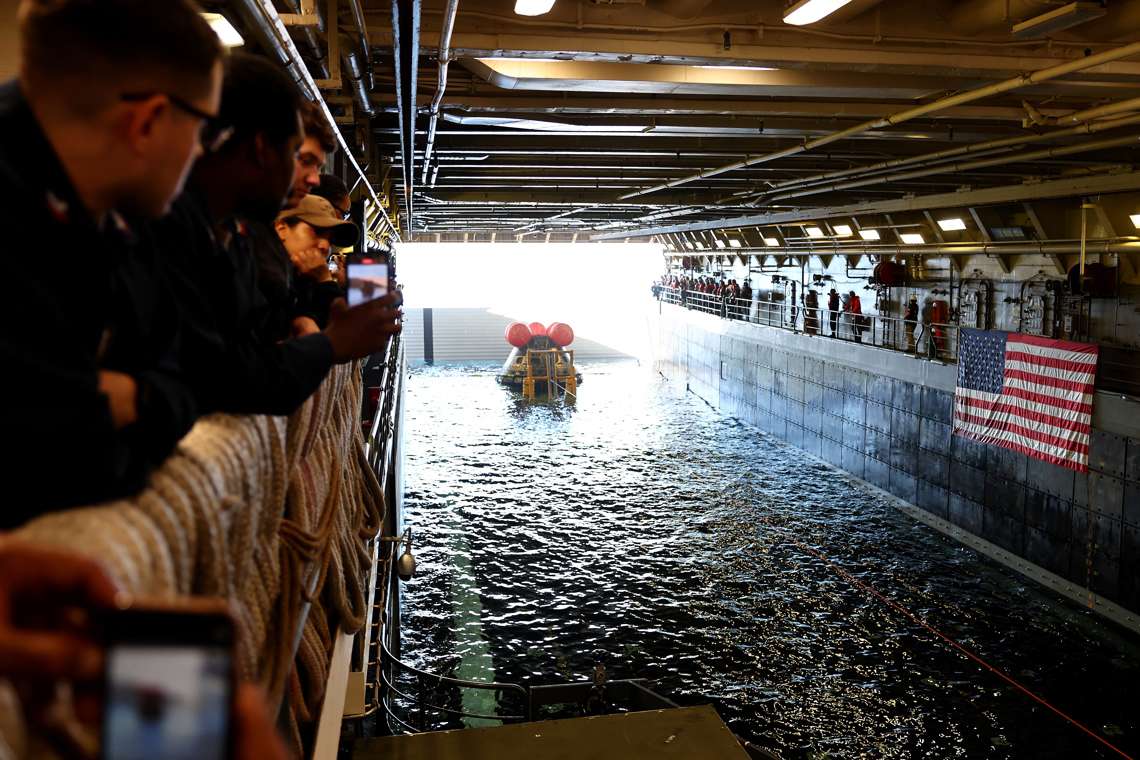
It is expected that astronauts will participate, including a woman and a non-white man, who would set foot on the Moon for the first time since the members of the Apollo XVII mission did so in 1972.
